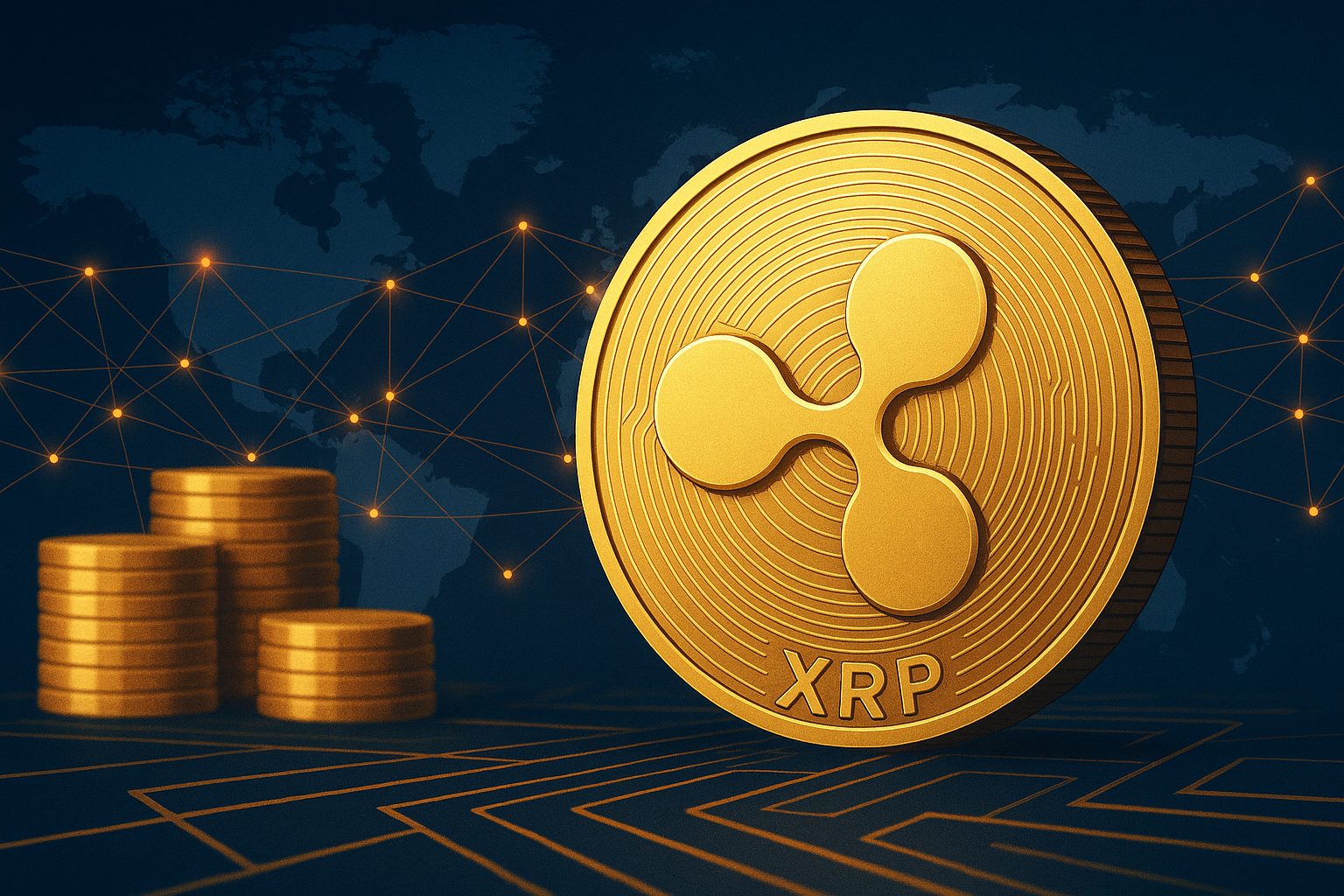The upcoming Pectra upgrade represents a major milestone for Ethereum, introducing expanded blob storage, smart accounts, and validator enhancements. These changes are expected to lower data costs and improve scalability, creating new opportunities for leading Layer-2 tokens like Fuel Network (FUEL), Arbitrum (ARB), StarkNet (STRK), Aevo (AEVO), and Mantle (MNT)
Although these tokens have experienced recent price dips, the underlying technical upgrades could serve as a catalyst in the weeks ahead. As Ethereum’s infrastructure evolves, these Layer-2 tokens are well-positioned to benefit from increased efficiency and broader adoption.
Fuel Network (FUEL)
Fuel Network, a modular execution layer designed for high throughput and developer control, stands to gain from Ethereum’s Pectra upgrade.
Pectra’s expanded blob space lowers data posting costs to Ethereum, directly supporting Fuel’s rollup model and improving scalability without compromising decentralization.
The introduction of smart accounts via EIP-7702 complements Fuel’s aim to enhance user experience and developer tools, enabling advanced wallet actions, gasless transactions, and simplified dApp deployment.
Technically, FUEL’s exponential moving averages (EMAs) remain in a bullish structure, with short-term averages above long-term ones. However, the token continues to face resistance at $0.012.
A successful breakout could push FUEL to $0.0129 and $0.014, with $0.0163 as a higher target. Conversely, a drop below $0.010 may open downside levels at $0.0084 and $0.0077.
Arbitrum (ARB)
The Ethereum Pectra upgrade enhances data availability and expands blob space, enabling Arbitrum to reduce L1 settlement costs and improve scalability.
EIP-7702 adds smart account capabilities, including support for gasless transactions, transaction batching, and simplified onboarding. These upgrades improve functionality for both developers and users on the Arbitrum network.
ARB has declined by over 6% in the last week. If the downtrend persists, the price may test support at $0.292, with a potential slide toward $0.27.
On the upside, reclaiming momentum could send ARB to challenge resistance at $0.315. A breakout there may lead to further gains toward $0.345, with $0.363 as a possible upper target in a stronger rally.
StarkNet (STRK)
Ethereum’s Pectra upgrade brings expanded blob space and validator improvements, both of which align well with StarkNet’s zk-rollup architecture.
The larger blob capacity reduces calldata costs, enhancing scalability for StarkNet, which relies on Layer-1 for data availability. EIP-7002, which introduces more flexible validator withdrawals, also opens the door for future restaking integrations and smoother cross-chain liquidity flows.
STRK plummeted 13.5% in the past week, with EMA indicators reflecting a bearish trend. If selling pressure continues, the next key support is at $0.116.
A reversal could see STRK challenge resistance at $0.136. A breakout above that may lead to further gains, targeting $0.15 and potentially $0.161 in a stronger recovery.
Aevo (AEVO)
Aevo, a Layer-2-based derivatives exchange, is positioned to benefit from Ethereum’s Pectra upgrade, particularly through reduced calldata costs and improved network efficiency.
Pectra’s expanded blob space helps lower data fees, which is vital for Aevo’s high-frequency trading model that demands frequent state updates. This enhances the speed and cost-efficiency of perpetual and options settlement on the platform.
The introduction of smart accounts under EIP-7702 could support gasless transactions and simplified account recovery, streamlining the user experience for active traders.
AEVO has declined nearly 12% over the past week, with the price hovering near the $0.10 level. Continued weakness may push it down to $0.096, with further downside targets at $0.082 and $0.0756.
On the upside, a break above $0.107 could trigger a move toward $0.115, with $0.121 as a potential next resistance if bullish momentum builds.
Mantle (MNT)
Ethereum’s Pectra upgrade introduces changes that align with Mantle’s modular design and staking framework. EIP-7251 raises the validator staking cap, allowing for more efficient large-scale staking, beneficial for Mantle, which incorporates restaked ETH within its ecosystem.
This update streamlines validator operations and enhances the security model for protocols built at top of Ethereum. Additionally, expanded blob space helps lower Layer-1 data costs, improving scalability and cost-efficiency for Mantle’s rollups and Layer-2 applications.
MNT recently formed a death cross and has dropped 2.6% over the past week, reflecting continued downward pressure. If the $0.68 support breaks, the next potential levels are $0.652 and lower.
On a reversal, the immediate resistance is at $0.72. A breakout above this level could send MNT toward $0.759, with $0.809 as a possible upper target in a stronger uptrend.
Conclusion
As Ethereum’s Pectra upgrade reshapes the ecosystem, these Ethereum Layer-2 tokens, including Fuel, Arbitrum, StarkNet, Aevo, and Mantle, are strategically positioned to benefit from improved scalability and reduced costs. While short-term volatility remains, the long-term potential tied to these technical advancements is significant.






